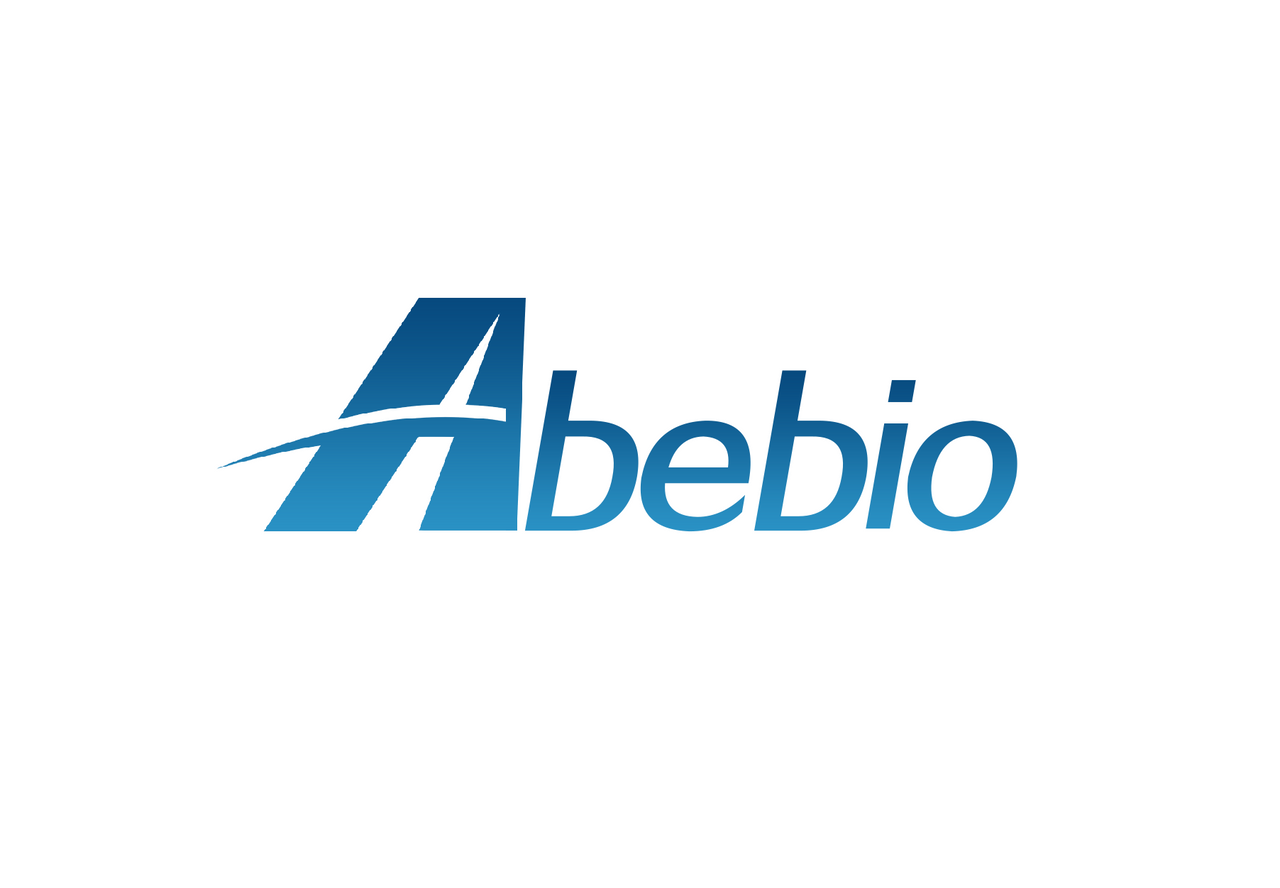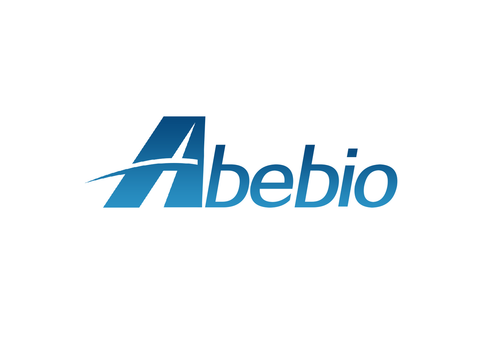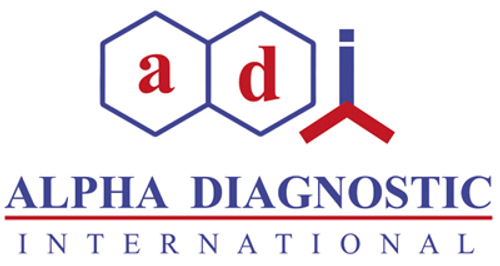Product Description
Bovine Serum albumin (IgG) antibody (BSA-Ab-IgG) ELISA Kit | AE62234BO | Abebio
Species Reactivity: Bovine (Bos taurus; Cattle)
Abbreviation: BSA-Ab-IgG
Alternative Name: N/A
Application: ELISA
Range: Detection antibody
Sensitivity: Request Information
Intra-Assay: ≤5.4%
Inter-Assay: ≤7.2%
Recovery: 0, 89
Sample Type: Serum, Plasma, Other biological fluids
Detection Method: Competitive ELISA
Analysis Method : Qualitative
Test Principale: This assay employs the competitive enzyme immunoassay technique. The microtiter plate provided in this kit has been pre-coated with an antibody specific to BSA-Ab-IgG. Standards or samples are then added to the appropriate microtiter plate wells with a Horseradish Peroxidase (HRP) -conjugated BSA-Ab-IgG and incubated. The competitive inhibition reaction is launched between with HRP labeled BSA-Ab-IgG and unlabeled BSA-Ab-IgG with the antibody. A substrate solution is added to the wells and the color develops in opposite to the amount of BSA-Ab-IgG in the sample. The color development is stopped and the intensity of the color is measured.
Product Overview: Immunoglobulin G (IgG) is a monomeric immunoglobulin, built of two heavy chains γ and two light chains. Each IgG has two antigen binding sites. It is the most abundant immunoglobulin and is approximately equally distributed in blood and in tissue liquids, constituting 75% of serum immunoglobulins in humans. IgG molecules are synthesised and secreted by plasma B cells. IgG antibodies are predominately involved in the secondary antibody response, which occurs approximately one month following antigen recognition, thus the presence of specific IgG generally corresponds to maturation of the antibody response. This is the only isotype that can pass through the human placenta, thereby providing protection to the fetus in utero. Along with IgA secreted in the breast milk, residual IgG absorbed through the placenta provides the neonate with humoral immunity before its own immune system develops.
Stability: The stability of ELISA kit is determined by the loss rate of activity. The loss rate of this kit is less than 5% within the expiration date under appropriate storage condition. The loss rate was determined by accelerated thermal degradation test. Keep the kit at 37°C for 4 and 7 days, and compare O.D.values of the kit kept at 37°C with that of at recommended temperature. (referring from China Biological Products Standard, which was calculated by the Arrhenius equation. For ELISA kit, 4 days storage at 37°C can be considered as 6 months at 2 - 8°C, which means 7 days at 37°C equaling 12 months at 2 - 8°C) .
 Euro
Euro
 USD
USD
 British Pound
British Pound
 NULL
NULL








